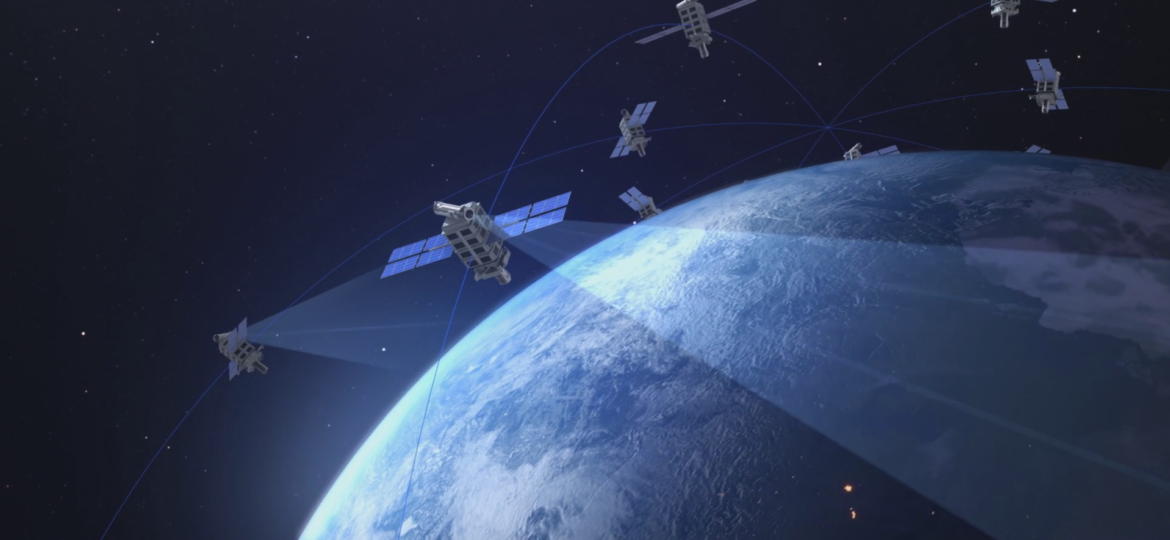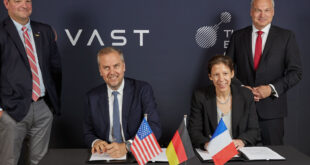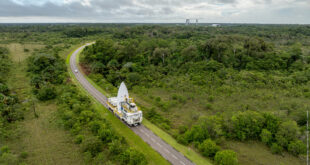
Ibadan, 21 May 2024. – NASA, on behalf of the National Oceanic and Atmospheric Administration (NOAA), has selected BAE Systems (formerly known as Ball Aerospace & Technologies Corporation) to develop an instrument to analyze ocean data as part of NOAA’s Geostationary Extended Observations (GeoXO) satellite program.
This cost-plus-award-fee contract is valued at approximately $450 million. Furthermore, it includes the development of two flight instruments as well as options for additional units. The anticipated performance period for the contract includes support for 10 years of on-orbit operations and five years of on-orbit storage, for a total of 15 years for each flight model. The work will take place at BAE Systems, NASA’s Goddard Space Flight Center in Greenbelt, Maryland, and the agency’s Kennedy Space Center in Florida.
The GeoXO Ocean Color instrument (OCX) will monitor U.S. coastal waters, the exclusive economic zone, and the Great Lakes. Likewise, it will observe ocean biology, chemistry, and ecology to assess ocean productivity, ecosystem change, coastal and inland water quality, seafood safety, and hazards like harmful algal blooms. With updates at least every three hours, the instrument will deliver a more frequent and comprehensive view of ocean and coastal conditions than is currently available.
The contract scope also includes the tasks and deliverables necessary to design, analyze, develop, fabricate, integrate, test, verify, and evaluate the ocean color instrument; support the launch; supply and maintain the instrument ground support equipment; and support mission operations at the NOAA Satellite Operations Facility in Suitland, Maryland.
Together, NOAA and NASA will oversee the development, launch, testing, and operation of all the satellites in the GeoXO Program. Furthermore, NOAA will fund and manage the program, operations, and data products, while NASA, on behalf of NOAA, will develop and build the instruments and spacecraft and launch the satellites.
 SpaceWatch.Global An independent perspective on space
SpaceWatch.Global An independent perspective on space




